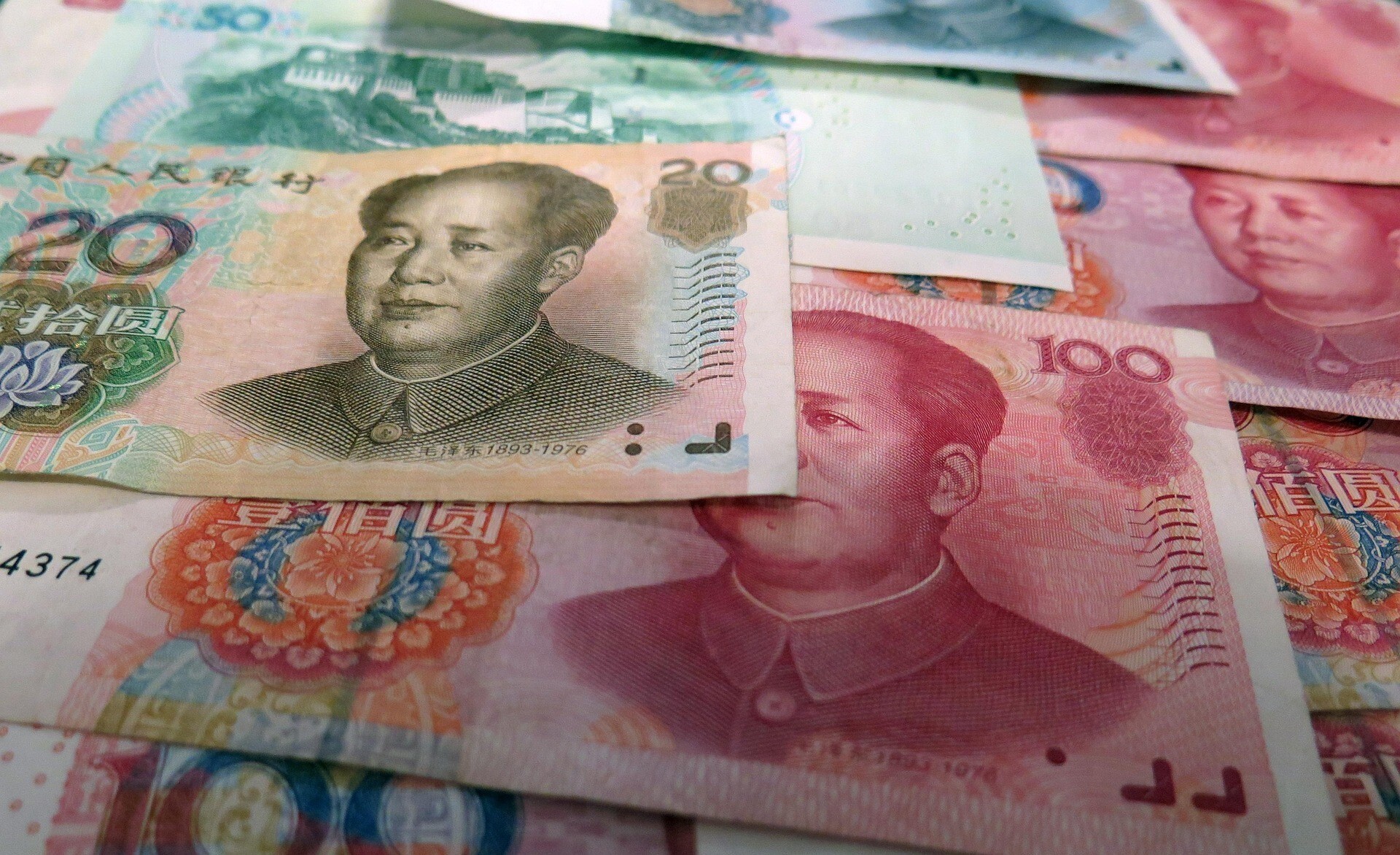

Futures: On Friday night, the most-traded AD2511 contract for cast aluminium alloy opened at RMB 20,170 per tonne, with a low of RMB 20,170 per tonne and a high of RMB 20,320 per tonne, closing at RMB 20,285 per tonne, up RMB 110 per tonne or 0.55 per cent from the previous close. Trading volume was 1,077 lots, and open interest was 8,110 lots, mainly due to an increase in long positions.
 Image for referential purposes only
Image for referential purposes only
Spot-futures price spread daily report: According to SMM data, on August 22, the theoretical premium of the SMM ADC12 spot price over the most-traded AD2511 contract's closing price at 10:15 AM was RMB 260 per tonne.
Aluminium scrap: On Friday, the spot price of primary aluminium rose by RMB 30 per tonne compared to the previous trading day, with SMM A00 spot closing at 20,710 per tonne. Baled UBC prices increased by 100 per tonne W-o-W, while shredded aluminium tense scrap (priced based on aluminium content) and wheel hubs (both car and motorcycle) remained unchanged W-o-W. It is expected that the aluminium scrap market will continue to fluctuate at highs this week. The supply of shredded aluminium tense scrap (priced based on aluminium content) is becoming tighter, with prices expected to fluctuate between RMB 17,100-17,600 per tonne (excluding tax). Baled UBC, supported by downstream can stock and other scrap utilisation enterprises, is expected to trade within the range of RMB 15,500-16,000 per tonne (excluding tax).
Recently, many regions have initiated special clean-up work for irregular tax rebates, which has caused widespread shock in the secondary aluminium market. Currently, the market is in a transitional phase of observation, and after the relevant policies are implemented, some downstream secondary aluminium producers may face pressure due to rising tax costs. To offset these costs, companies may lower raw material procurement prices, increasing the pressure on domestic aluminium scrap prices. However, from the supply side, the short-term supply of aluminium scrap will remain tight, giving suppliers a certain degree of pricing power. Overall, SMM believes that aluminium scrap prices will be under pressure, entering a stage of bargaining between sellers and buyers.
Silicon metal: Last week, silicon metal prices fluctuated considerably. On Friday, SMM oxygen-blown #553 silicon in East China was priced at RMB 9,200-9,300 per tonne, and #441 silicon at RMB 9,500-9,600 per tonne. In the futures market, influenced by market news, the most-traded SI2511 contract for silicon metal fluctuated considerably around RMB 8,200-8,800 per tonne, with downstream users and traders buying the dip.
Overseas market: Currently, overseas ADC12 prices have slightly risen to the 2,470-2,500 USD per tonne range, with import losses narrowing slightly due to higher domestic prices and a stronger RMB exchange rate; local ADC12 prices in Thailand, excluding tax, have slightly increased to 83-84 THB/kg.
Inventory: According to SMM, on August 22, the daily social inventory of secondary aluminium alloy ingots in Foshan, Ningbo, and Wuxi totalled 31,546 tonnes, up 16 tonnes from the previous trading day and down 97 tonnes from last Friday (August 15).
Summary: Currently, aluminium scrap supply remains tight, and raw material costs provide strong support for secondary aluminium alloy prices. Additionally, recent news of tax rebate cancellations in multiple regions of Anhui and Jiangxi has spurred enterprises to raise prices in response to cost pressures, making prices more likely to rise than fall in the short term. Demand side, consumption has slightly recovered, and downstream enterprises' purchasing sentiment has improved, but the rebound is limited. In the short term, ADC12 prices are expected to maintain a fluctuating upward trend, with cost support and policy disruptions making prices more likely to rise than fall, but weak demand will constrain upside room. If policy impacts deepen or peak season demand is released as expected, prices may break through the current range; conversely, if policy implementation is mild and demand remains weak, prices may continue to consolidate at high levels. Subsequent focus should be on the progress of policy implementation, the recovery of aluminium scrap supply, and marginal improvements in end-use demand.
Note: This article has been issued by SMM and has been published by AL Circle with its original information without any modifications or edits to the core subject/data.
Responses








